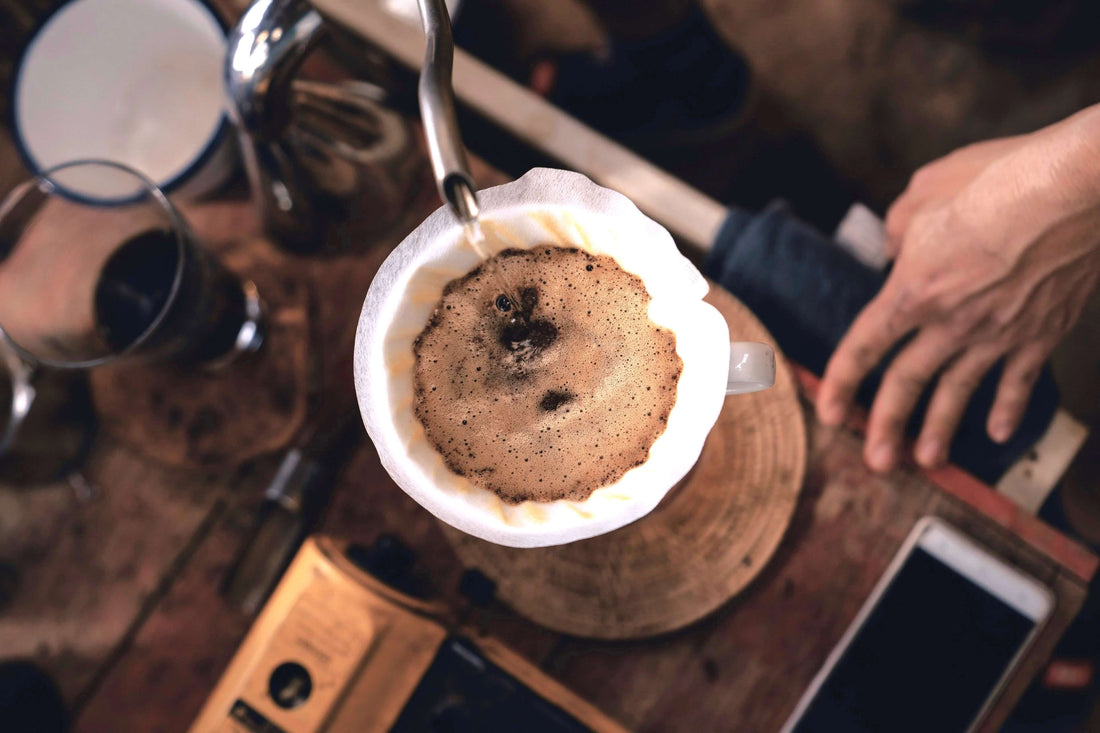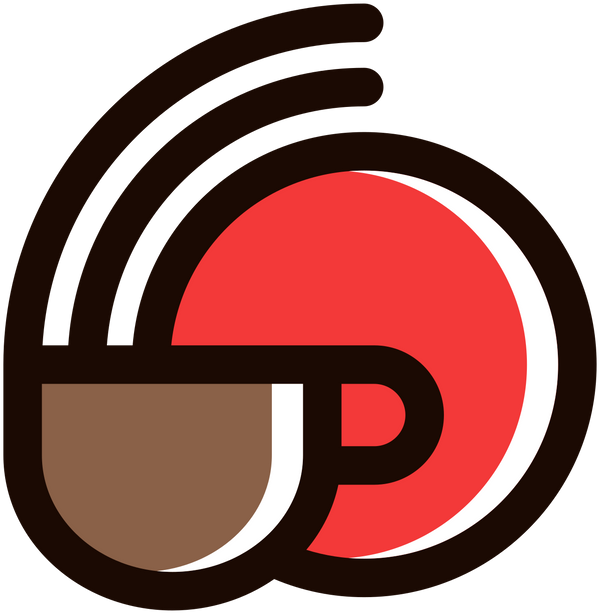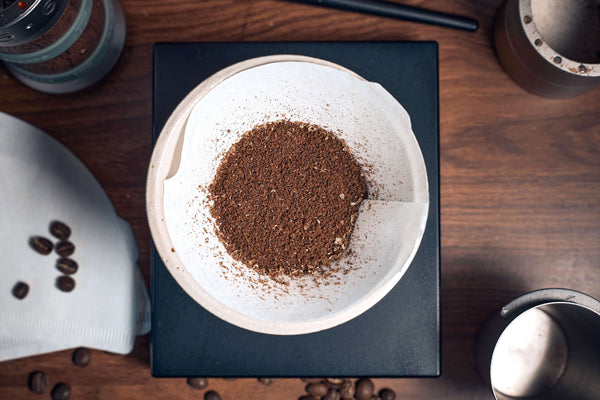
Turbulence's Manoeuvre in Coffee Brewing
tai attitude5 min read
In the art of coffee brewing, one brewing variable known as turbulence is very associated with skill for baristas and home brewers.
As the amount of turbulence applied during a brew contributes to the sensory experience in the cup, it is a key piece in determining quality (deliciousness).
This article serves to explain turbulence in coffee brewing. To help enhance or tailor the brewed coffee to personal preferences.
What is turbulence?
Turbulence is a variable of fluid movement during the coffee-brewing process. Turbulence is used to achieve two key goals: promoting even extraction and accelerating the extraction phase.
How it works
During coffee-brewing, turbulence increases pressure and flow velocity, which efficiently homogenise temperature and concentration differences across the coffee bed, resulting in both more even extraction and acceleration of the extraction phase.
How to apply
A barista may introduce turbulence in three main ways during the coffee brewing process: agitation, swirling, or stirring.
Agitation
Agitation happens when the barista simply pours water onto the ground coffee.
i. The more aggressive the pour, the more turbulence.
ii. The more pouring phases, the more turbulence.
Due to more emphasis on the barista's pour control, agitation is the least consistent and therefore requires the most practice out of the three.
Swirling
Swirling is a decisive movement in a twisting or spiralling pattern on the brew equipment by the barista.
i. The more twisting or spiralling, the more turbulence.
Swirling is easy to execute; however, its effectiveness is rather limited by the type of brew equipment.
Stirring
A brisk stirring is introduced when a barista uses a tool (e.g., a spoon) to stir up water and ground coffee.
i. The more stirring, the more turbulence.
Stirring is the easiest of the three in terms of execution and consistency.
Interestingly, not all coffee preparation methods will have the option for baristas to manoeuvre turbulence during the brewing process.
For example, baristas have no direct control over turbulence for preparation methods such as espresso and moka pot. In other words, there is one less brewing variable to worry about when using these.
On the other hand, pour-over in general demands a higher degree of turbulence, while some immersion brews, such as French press and cupping, demand less.
The key takeaway is that for the preparation method that allows baristas to manoeuvre turbulence (fluid movement) of some sort, they will want to apply just the needed amount of turbulence accordingly, whether via agitation, swirling, or stirring.
Strength and extraction aspects
If there is one word to describe turbulence in the coffee-brewing process, it will be chaos. As it is difficult to control or directly measure.
Despite this, turbulence's effect is relatively straightforward; it negligibly affects strength but affects extraction.
Strength
Strength in the context of coffee refers to how strong or weak (concentrated or watery) the coffee beverage is. It is the relationship between the dissolved compounds of ground coffee and water.
The strength of a coffee beverage is measured as the total dissolved solids (TDS%).
Turbulence, on its own, whether applied through agitation, swirling, or stirring, does not seem to increase or decrease strength by much, for the brewed coffee does not get perceivably stronger or weaker through sensory means.
If the strength of the brewed coffee is a concern, we would recommend altering the brew ratio or grind size instead, as these brew variables create a much bigger impact.
Extraction
Extraction refers to how much has been extracted from ground coffee during the coffee-brewing process. It represents the overall flavour attributes of the cup.
The amount extracted from ground coffee is measured as the extraction yield (EY%).
Turbulence, on its own, will increase or decrease extraction, thereby shifting the overall flavour attributes of brewed coffee.
Due to its difficulty to control, turbulence is best considered in scenarios where the ideal brew is not that far off. The next brew just needs a little fine-tuning.
Contrarily, if the extraction of the brewed coffee is far from ideal, we would recommend altering the brew ratio, grind size, or brew temperature instead, as these brewing variables create a much more drastic impact.
All being said, turbulence does promote evenness in the brewing process, so it is good for most cases, as long as it is not excessively applied in conjunction with the afro mentioned brewing variables in "high gear".
Using sensory information as a guide, perceive the extraction (particularly bitterness and astringency) of the brewed coffee, then adjust the turbulence either more or less accordingly for the next brew.
The more turbulence, the higher the extraction yield (EY%).
The brewed coffee will have more bitterness and astringency.
The less turbulence, the lower the extraction yield (EY%).
The brewed coffee will have less bitterness and astringency.
A skilled barista alters turbulence to their advantage only when there is such a demand. Otherwise, keeping turbulence the same ensures better quality and consistency between brews.
Extra information
The best amount of turbulence is one that brews the best-tasting coffee. Such turbulence varies; it will have to be accessed through the barista's understanding, awareness, and adaptability.
Baristas who put in effort to master turbulence add one more effective brewing variable to their arsenal.
Still, with its chaotic nature and difficulty to control, turbulence should not be the barista's primary way to increase or decrease extraction unless absolutely necessary.
In the overall framework, turbulence works synergistically with the other four coffee brewing variables, which collectively determine the quality (deliciousness) of the brewed coffee.
"In the midst of chaos, there is also opportunity," said Sun Tzu. This quote essentially captures what turbulence is for coffee-brewing.



